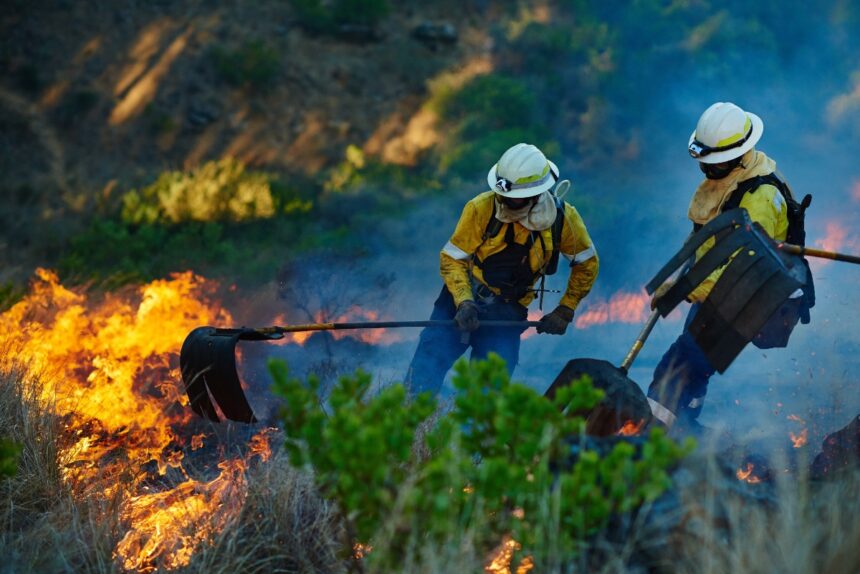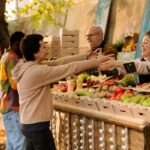Wildfires remain a constant threat in Southern California, and Los Angeles is in a high-risk area, especially during the summer months with high temperatures and dry weather. Given this reality, landscaping that includes fire-resistant plants has become a key strategy to protect your home and significantly reduce the risk of fire spread.
In addition to their safety function, these species bring aesthetic value and sustainability to the garden, allowing you to enjoy a beautiful, low-maintenance space.
What are these plants?
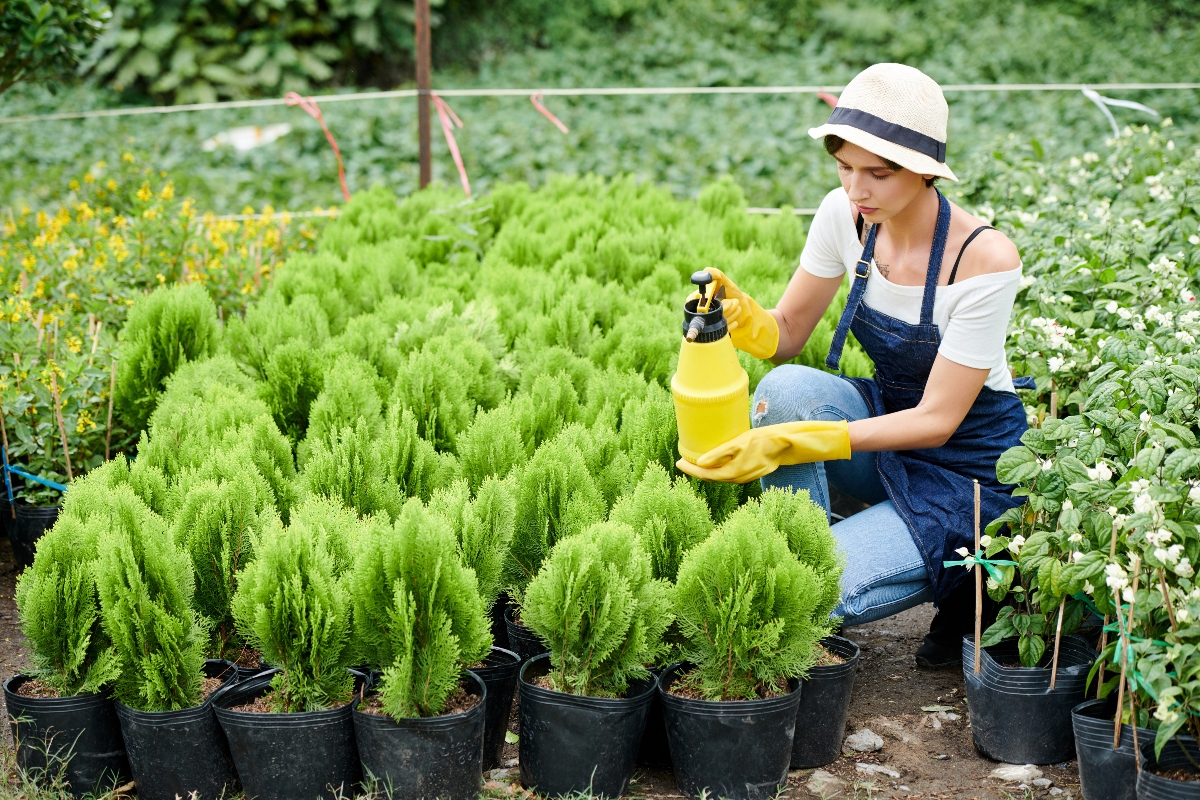
Fire-resistant plants are those that, due to their biological and morphological characteristics, have a lower probability of igniting or contributing to the spread of flames. Among their most outstanding features are:
High moisture content: Their leaves and tissues contain a high amount of water, which makes it difficult for them to ignite.
Low dry matter production: Generate less combustible residues, reducing the accumulation of flammable materials in the environment.
Compact growth: Many of these species grow in a dense, orderly fashion, which limits the amount of space available for fire to spread rapidly.
The National Fire Protection Association(NFPA) and CAL FIRE (California Department of Forestry and Fire Protection) guidelines support the use of these plants in defensible landscape design, noting that their incorporation is key to creating defensive zones around the home.
2. The best plants
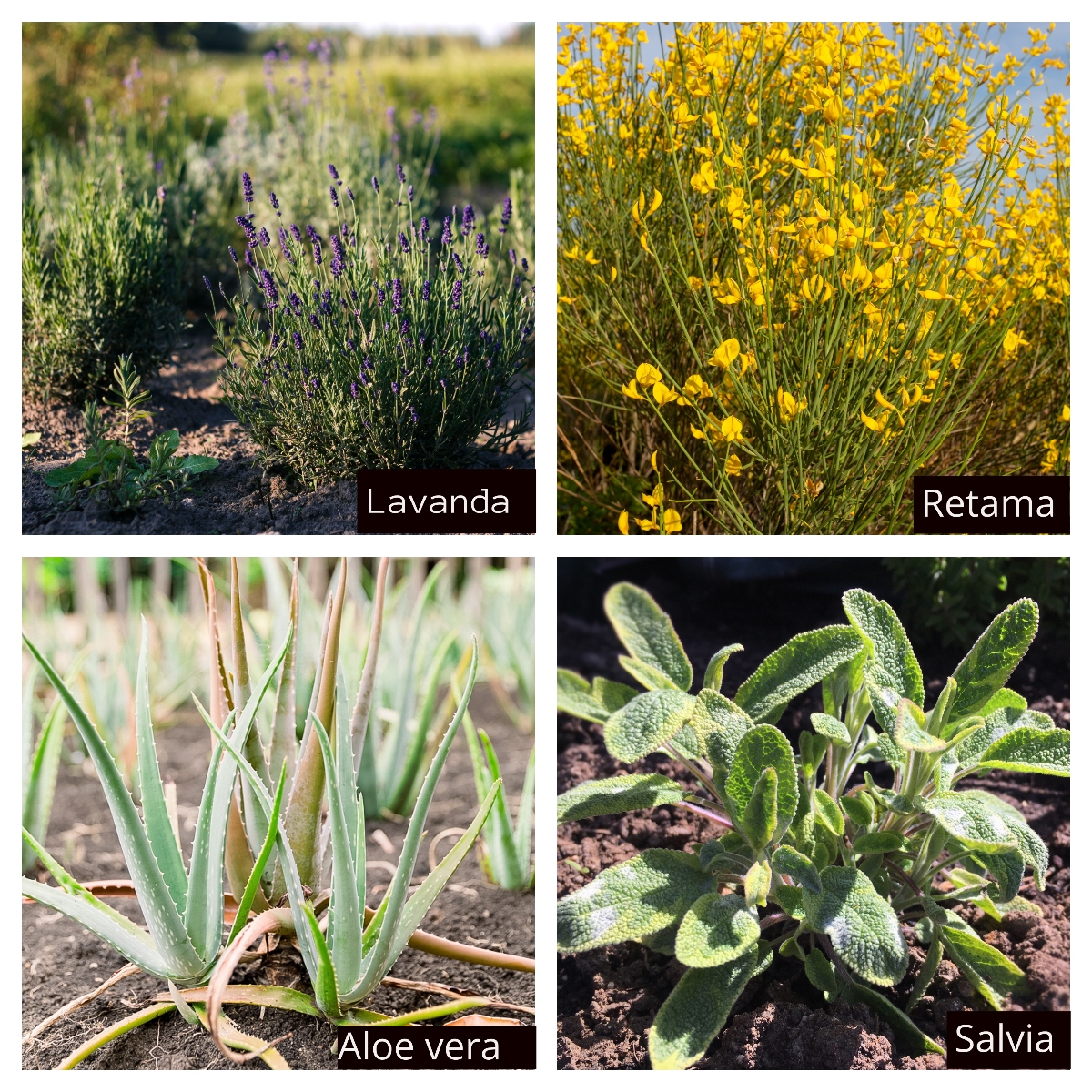
Based on research and recommendations from landscaping and fire management experts, here are some of the most suitable species for high-risk areas in Los Angeles:
LAVANDA
Characteristics: With its distinctive aroma and violet-hued flowers, lavender is prized for its beauty and its ability to reduce combustibility in the environment.
Benefits: In addition to beautifying the garden, its essential oils contribute to making its leaves less flammable.
SAGE
Characteristics: Native to California, sage is a hardy plant that thrives in arid climates and requires little watering.
Benefits: Its adaptation to the dry climate makes it a sustainable and low-maintenance option, ideal for the region.
RETAMA
Characteristics: Popular in Mediterranean-style gardens, broom is noted for its structure and low content of combustible material.
Benefits: Its low flammability makes it perfect for integration into defensible landscapes without compromising aesthetics.
ALOE, AGAVE, ETC.
Characteristics: Succulents have the remarkable ability to store water in their leaves, making them less prone to burning.
Benefits: They are ideal for arid climates and require minimal care, while maintaining their decorative and safety function.
LEMONS, ORANGES

Characteristics: In addition to providing fresh and delicious fruit, these trees have a dense structure and moist foliage that reduces the risk of combustion.
Benefits: Its presence not only beautifies the landscape, but also provides a functional and fire resistant component.
3. A safe landscape
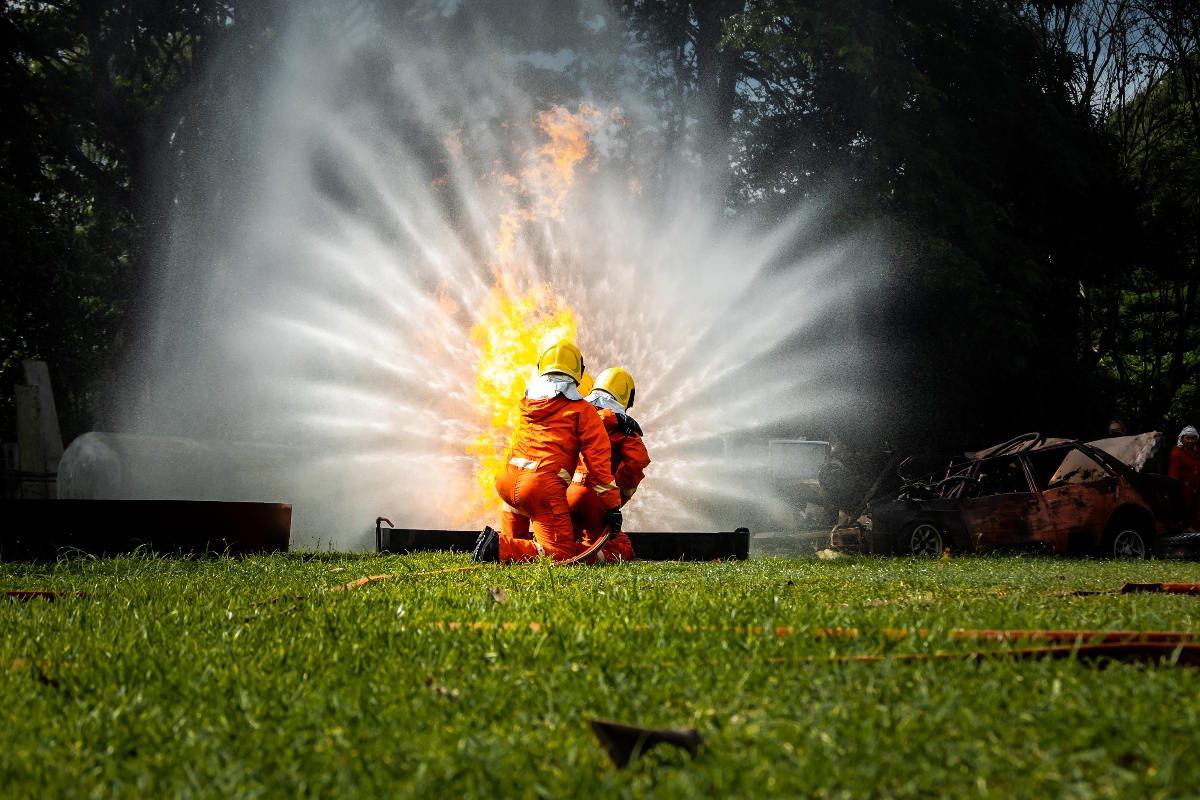
To maximize fire protection, it is essential to design the landscape following certain guidelines recommended by fire management authorities:
DEFENSE ZONE AROUND THE HOME
Zone 1: Maintain a space free of flammable vegetation within 5 feet (1.5 meters) of your dwelling structure.
Zone 2: Between 5 and 30 feet (1.5 to 9 meters) away, plant fire-resistant species to create a barrier to slow the spread of flames.
REGULAR MAINTENANCE
Pruning and cleanup: Perform periodic pruning and remove dry branches, fallen leaves and any debris that can serve as fuel for the fire.
Efficient watering: During dry months, make sure plants receive enough water to maintain their moisture content, a crucial factor for their fire resistance.
4. Additional benefits

These plants not only serve a vital safety function, but also offer other benefits:
Aesthetics and low maintenance: They improve the visual appearance of your garden without requiring intensive care, ideal for the dry climate of Los Angeles.
Pollinator attraction: Many of these species attract bees, butterflies and other pollinators, which contributes to local biodiversity.
Sustainability: By requiring less water and care, they favor a more responsible and efficient use of natural resources.
These plants are not only safe, but they can also beautify your garden
QuéOnnda.com
For more information, visit QueOnnda.com.



